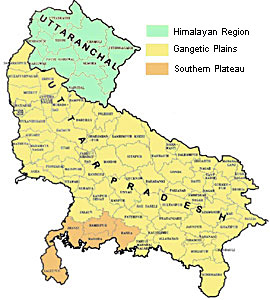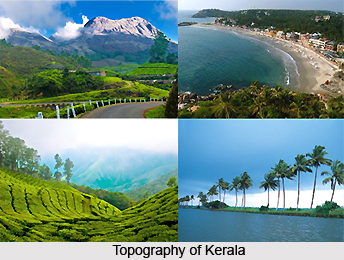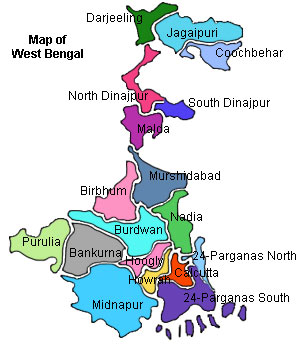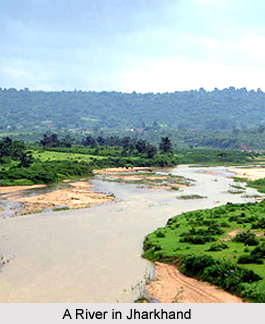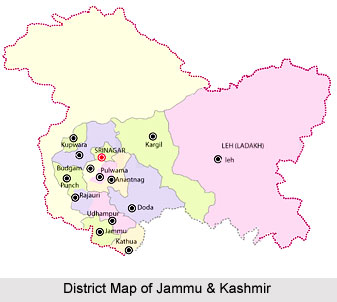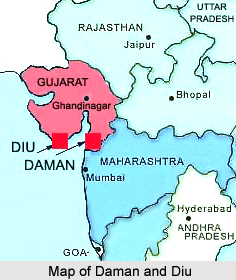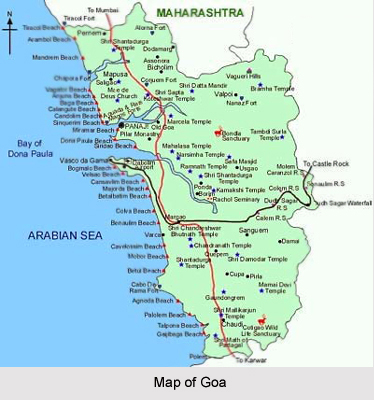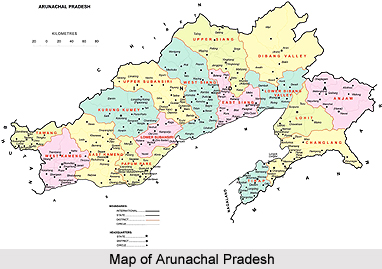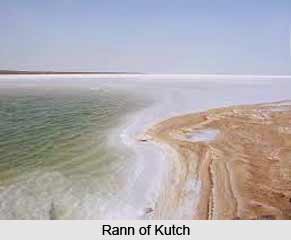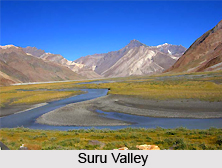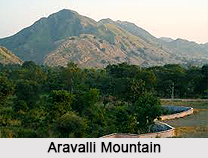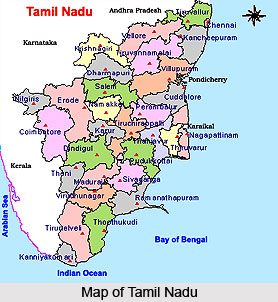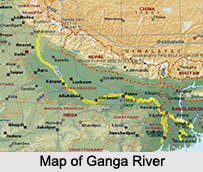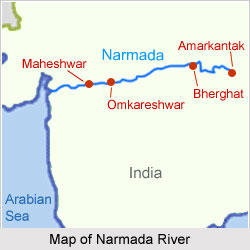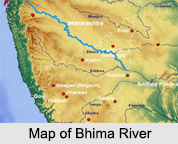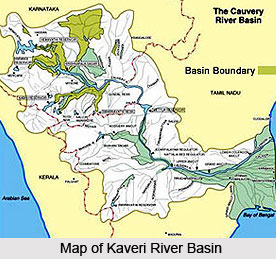Tropical wet and dry climate is also known as monsoon savanna in India. This climate is enjoyed by most of the Plateaus of Peninsular India excluding the semi-arid tract that is situated immediately to the east of the Western Ghats. The tropical wet and dry climate is characterized by persistently high temperature in the coolest month and dry winter. Further, another feature of this climate is long dry period that spreads over winter and early summer. Mean monthly temperature is above 18 degree Celsius during the winter season. Summer before the onset of rains is very hot, particularly in the interior low level areas where in May maximum temperature may increase up to 46 degree Celsius and sometimes even up to 48 degree Celsius.
As far as the tropical wet and dry climatic season in Nagpur is concerned, the mean monthly temperature of May, which is the hottest month, is around 35 degree Celsius and of December, which is the coolest month, it is around 20 degree Celsius. This region is out of the influence of westerly depressions. Thus, there is very little rainfall during the winter season except in Tamil Nadu and the adjacent part of Andhra Pradesh and Karnataka, which receive rainfall in October, November and December. Besides, having different rainfall regime, Tamil Nadu is cooler during summer by around 3 to 4 degree Celsius and warmer by almost 4 degree Celsius during winter than other areas where the tropical wet and dry climate is prevalent. Tamil Nadu and coastal Andhra Pradesh are thus divided as a sub region.
The number of dry month ranges from five to seven and the annual rainfall from 75 to 150 cm. rainfall is received from June to September although in the south, it continues falling up to the end of December. The months of October, November and December receive more than half of the annual rainfall in Tamil Nadu. Rainfall decreases to the west. Withered trees and dried up grasses burst into life and rivers become turbulent during the rainy season.
Moreover, the tropical wet and dry climate or the monsoon savanna is further subdivided into two major parts and these are - North East Indian Plateau type and Tamil Nadu type.
